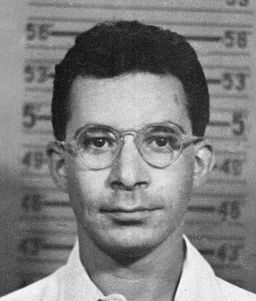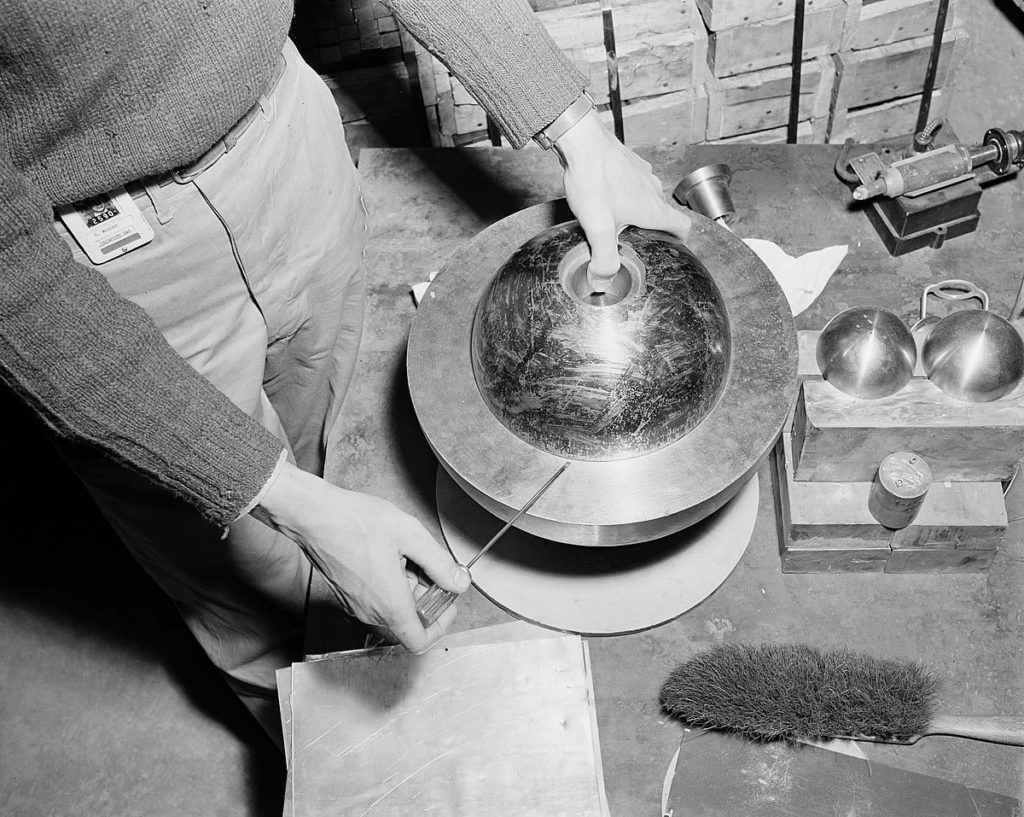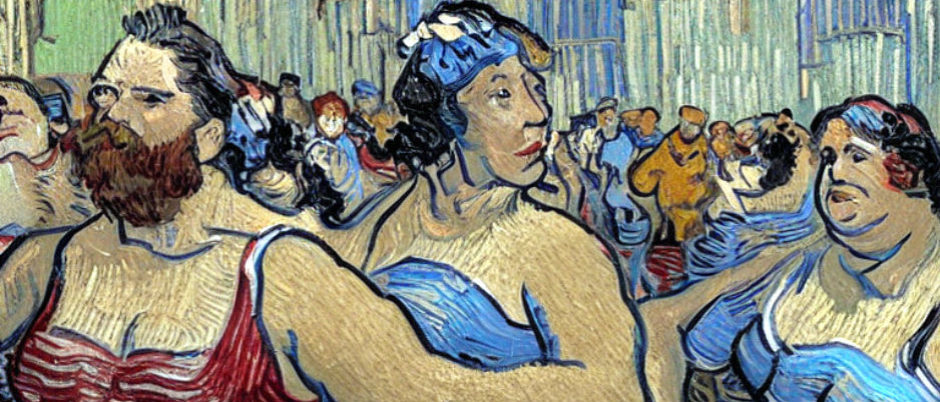Louis Slotin was a Canadian physicist who worked on the Manhattan Project developing the atomic bomb during World War II. On May 21, 1946, Slotin experienced a criticality accident while conducting an experiment involving the Demon core, a subcritical hemisphere of plutonium. The accident led to Slotin’s death nine days later, on May 30, 1946.

During the experiment, Slotin first removed a safety device that would prevent the accident that followed from happening. He then used a screwdriver as a ‘safety-device’ to maintain a small gap between the two beryllium-coated half-hemispheres of the Demon core, effectively creating a near-supercritical mass. This precarious setup allowed for a rapid increase in neutron activity, as the Demon core became dangerously close to achieving a self-sustaining nuclear chain reaction.
Slotin had been warned months in advance by another scientist that he would kill himself if he kept showing off this experiment with the safety devices removed. He continued to do this very silly thing during his demonstrations.
It is worth noting that the Demon core was involved in another fatal accident prior to Slotin’s. In August 1945, nine months earlier, physicist Harry Daghlian accidentally dropped a tungsten carbide brick onto the core, causing it to go critical. Daghlian received a lethal dose of radiation and died as a result. Slotin was fully aware of this accident when he continued to disable the safety devices on the Demon Core!
As Slotin adjusted the spacing between the hemispheres, the screwdriver slipped, causing the two parts to close completely for a fraction of a second. This resulted in a sudden and intense release of radiation, and a visible “blue glow.” Slotin’s body absorbed a lethal dose of neutron radiation, and he immediately experienced the symptoms of acute radiation sickness.
Slotin was aware of the severity of his situation and his impending agonizing death. He quickly pushed the half-hemispheres apart with his bare hands, preventing further criticality. This act may have protected other personnel in the room from further exposure (everyone else ran out of the room), but it exposed Slotin to an exceptionally high dose of radiation.
In the following days, Slotin’s condition rapidly deteriorated. Acute radiation sickness manifested with severe symptoms, including nausea, vomiting, diarrhea, fever, and extreme fatigue. His skin turned pale, and he suffered from intense pain and discomfort.
Slotin was transported to a hospital in Los Alamos, New Mexico, where doctors and scientists attempted to alleviate his suffering. However, the effects of the radiation were irreversible, and there was no known treatment for such high levels of radiation exposure at that time.

In the final hours of his life, Slotin experienced excruciating pain as his body succumbed to radiation poisoning. The radiation had severely damaged his internal organs and disrupted the normal functioning of his body. He became delirious and eventually fell into a coma.
Louis Slotin died on May 30, 1946, as a result of acute radiation syndrome caused by the Demon core. His tragic death served as a poignant reminder of the dangers associated with nuclear experiments and contributed to a greater emphasis on safety protocols in subsequent nuclear research and development.
It is important to note that Slotin’s sacrifice in manually separating the hemispheres prevented a larger-scale accident and perhaps saved the lives of others in the room. His actions demonstrated incredible bravery and selflessness in the face of imminent danger.
